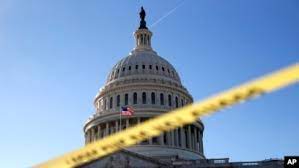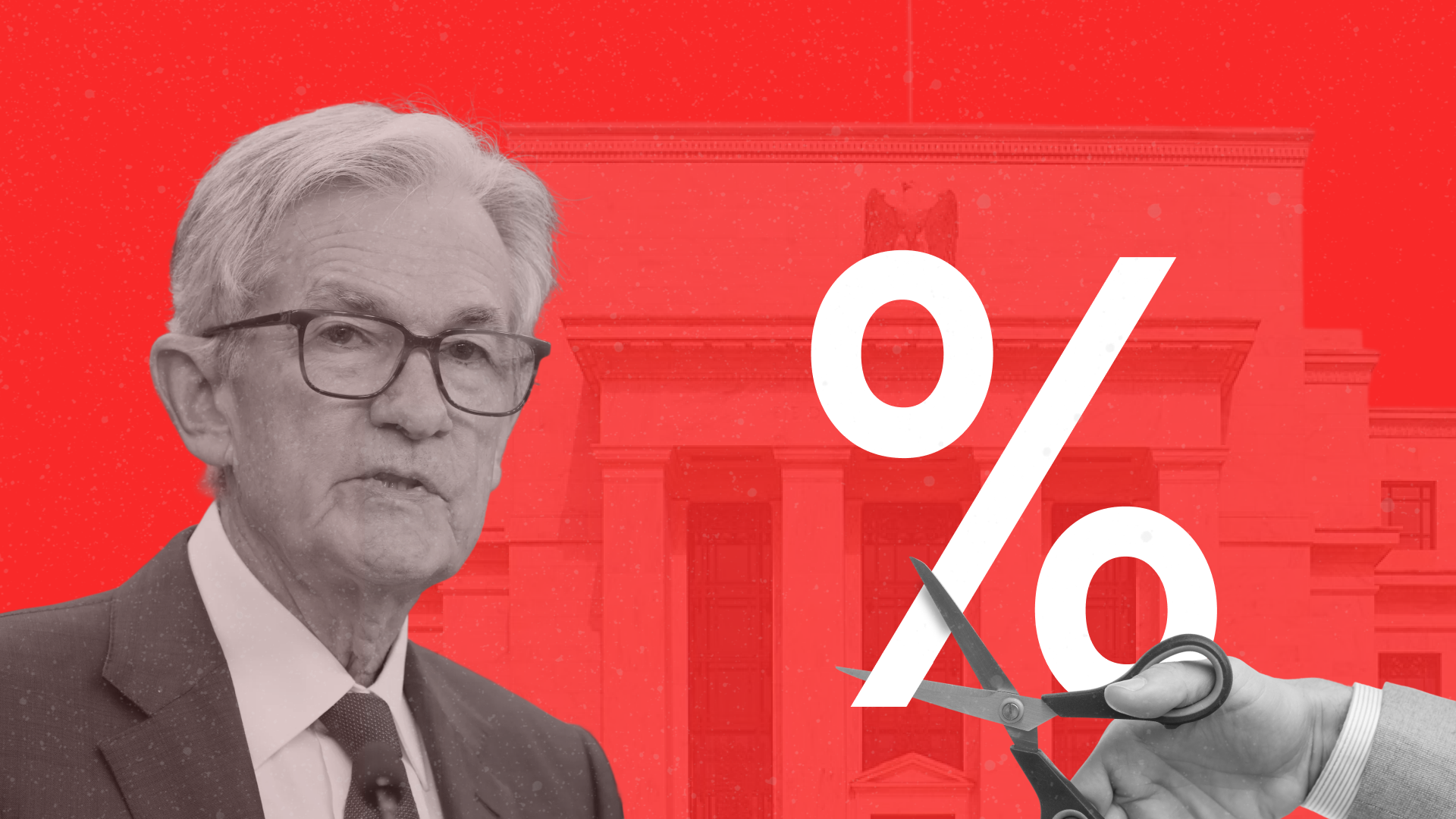Prediction markets have gone from crypto niche to global fascination almost overnight. Platforms like Polymarket turn global headlines into tradeable events, from elections and Fed rate cuts to celebrity drama. The crowdsourced odds have become a new kind of financial signal, one that's faster, more reactive, and often more accurate than traditional forecasts.
But as the spotlight gets brighter, the cracks are showing. Questions around data integrity and an absence of clear regulation have pushed the industry into what can only be described as the grey zone. Prediction markets have reached a point where they are too useful to ignore yet too unregulated to fully trust.
The Rise and the Reckoning
In just two years, Polymarket's volume has exploded from a few million to billions of dollars in open bets. It has become one of the fastest-growing intersections between crypto and politics. Every political headline, Fed rumor, or geopolitical shock instantly materializes as a tradable probability. Traders see it as the purest form of truth in finance, where belief isn't spoken, it's staked.
Yet as market participation and onchain predictions soared, the integrity of that data came under fire. A recent Fortune report citing Columbia research revealed signs of inflated volumes and bot-driven wash trading. Liquidity isn't always what it seems. When "truth markets" risk being gamed, credibility becomes the real currency at stake.
Regulators in the Fog
Polymarket has already faced the CFTC once, paying fines and blocking US users, at least in theory. Kalshi's drawn out battle for approval of political event contracts shows just how unclear the line still is.
To regulators, these platforms look like gambling. To traders, they're information engines. The reality lies somewhere in between. Prediction markets may end up being treated less like casinos and more like data exchanges, a shift that could legitimize the space overnight.
Fixing the Data Problem
Volume means nothing without trust. When a few whales or bots can swing odds by 20 points, the "wisdom of the crowd" becomes an illusion. Developers are already working on solutions: anti-Sybil verification, AI-based anomaly detection, and trader reputation systems. The next leap forward won't come from bigger bets, it will come from cleaner data.
The Path to Legitimacy
Institutions are already watching quietly. Hedge funds track Polymarket odds as early warning indicators, sometimes beating traditional finance to key macro shifts. Prediction markets are evolving from "crypto toys" into probability infrastructure, a new layer of intelligence for traders who know how to read it.
The endgame is inevitable: clearer regulation, verified liquidity, and integration with traditional data providers. Once that happens, the floodgates open.
Where Things Are Headed
Prediction markets need credibility. The traders and movers who take that seriously now will define the next era. In a space built on probabilities, truth is the only edge that lasts.








 Pski
Pski



